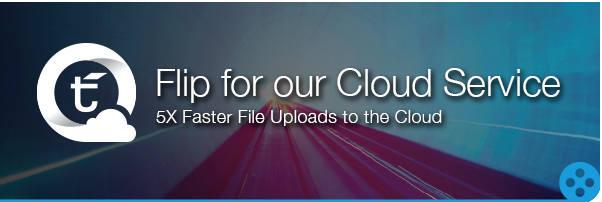We usually don’t want to deal with complicated APIs, protocols and requests. Straightforward, clear way of doing things is preferred and it’s usually the best to hide raw communication and all the technical details under a simple interface. The structural organization of most successful systems is based on several layers of abstraction. The higher you are the less control over things you have but then such level of control is often dispensable in favor of simplicity.
Panda communicates with the rest of the world using several endpoints, related to particular entities it works with, like clouds, notifications and videos. Each of these endpoints can be reached using HTTP requests. Depending on their type (POST, GET, DELETE or PUT) and arguments various operations are executed. It could be modifying an existing profile, deleting a video or creating a new cloud. All these requests need proper timestamps and the right signature to pass the verification. To save you from managing it all on your own, several client libraries are used.
New Python library
We just wanted to let you know that Python library in Panda has been updated to make integrations much easier. So far it only offered basic functionality like signature generating. You still had to provide both, an endpoint location and a HTTP method to send a request, and then parse returned JSON data on your own. It’s no longer needed in the next version of the package, which introduces a new, simpler interface, based on the one provided by the Ruby language gem. Returned information is now stored in dictionary-like objects, which makes it easier to inspect. Also, you don’t have to input API endpoint locations and proper HTTP method types to interact with your data.
Resumable upload is there
Finally, a support for a resumable upload was added. If you send a file using a basic POST request, you don’t have a chance of resuming an upload in case of a connection failure. It is especially annoying if happens at the end of uploading large multimedia file. In such case, even through several gigabytes have already been sent, you have to start all over again.
Panda offers another, much better approach, and allows you to create uploading session. The old version of the library only returned the endpoint address and left all the work up to you. The new one is now capable of managing the session using simple, easy to remember set of methods. You don’t have to calculate offsets and positions in a multimedia file anymore to ensure that it will be sent in one piece.
The backward compatibility with previous version is also preserved. If you prefer, you can still use the old way and call specific HTTP methods manually.
With the new library and thanks to power of Python you can easily write clear, robust, elegant and maintainable code. And that’s the fun part, isn’t it?
GitHub repo and examples





